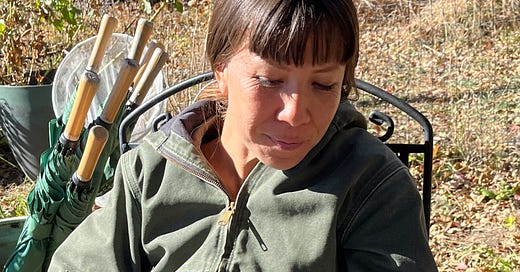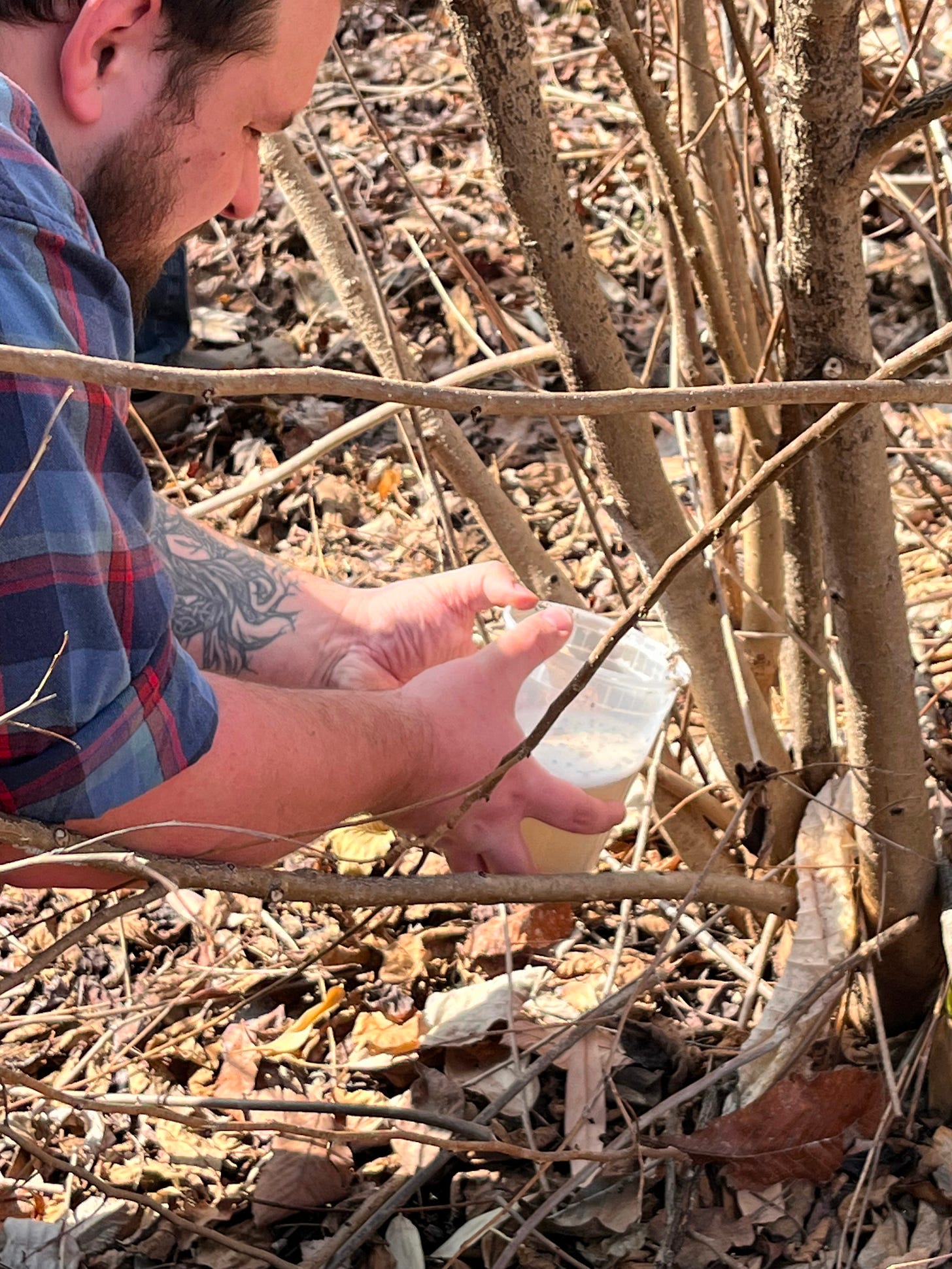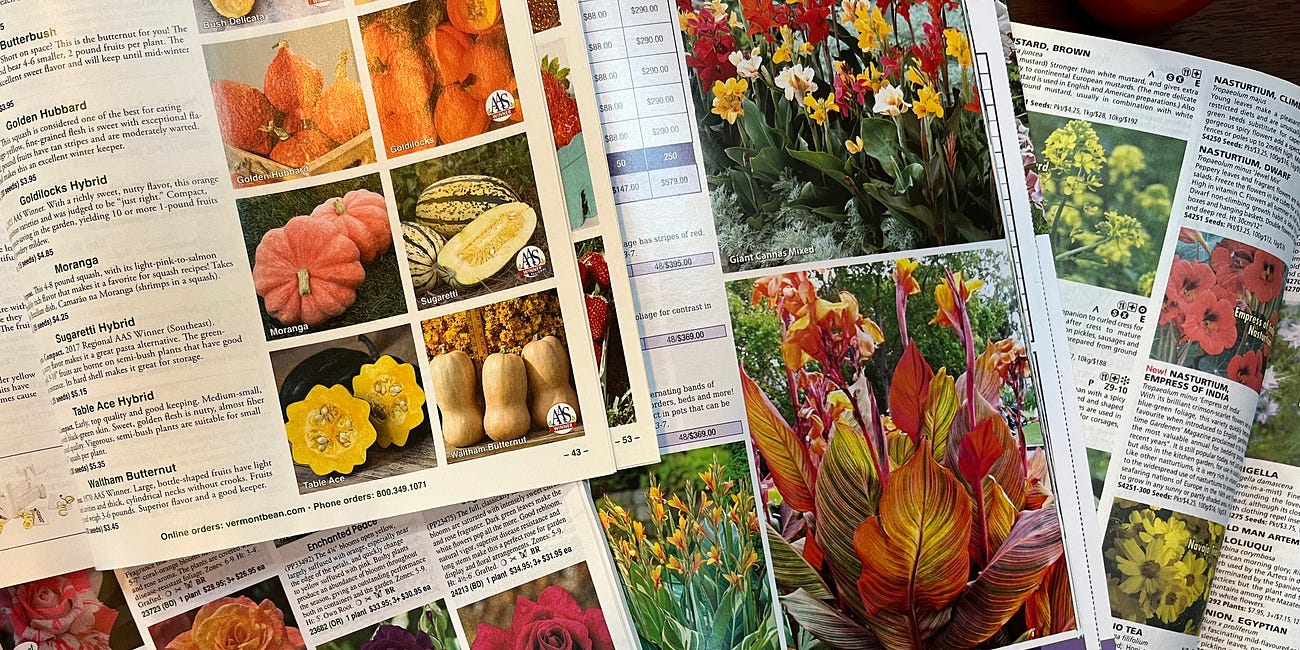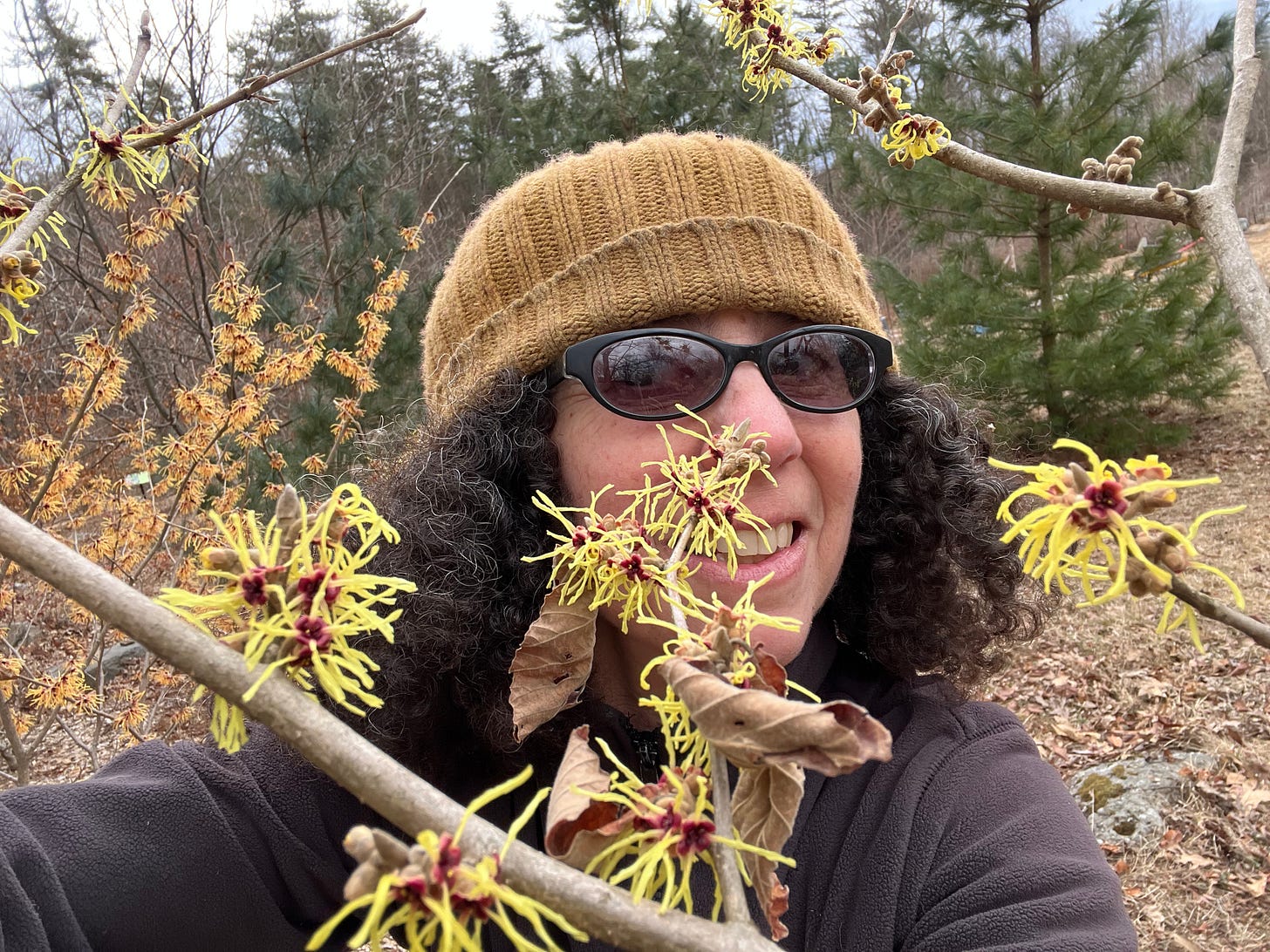I’m starting this newsletter on March 12th. Halfway through the month we’ve already experienced a day close to 70 degrees, as well as several near 60. Geese are squawking high overhead, occasionally crossing paths with a still naked crown of a large tree, as they migrate back from wherever they just were.
Snow patches have disappeared, exposing leaves from the past season, bits of branches, ground ivy, garlic mustard, and laminum (arggghhhh). I promised myself to take it easy. Only bend to weed if I’m gonna stay down long enough to get a good stretch out of it. To not get seduced by the bright sun, now hanging around a little longer at the end of my day, causing me to spend more time outside and less inside in front of the computer writing (more on what that’s about later).
And I like writing! It’s officially crept into my “studio” art time and I try to budget my day to make sure to sit down and type, where it is further divided into this newsletter, articles on Fine Gardening’s blog, and a new book idea that we’re researching and proposing.
All this writing is making me a lot more sedentary. My winter weight is on! We like to “say stones, not scones!” So yes, maybe I’m okay with some physical work.
SAVE THE DATES
April 27th - Opening Day at Hortus - While it may still be messy, many flowering plants are starting to do their thing. Good time to come and get inspired for your own garden(s) or landscape.
May 4th - Curators Walking Tour -Join us for our first walking tour of the season where we will highlight some of our favorite plants happening in early May.
June 1st - Tree ID class with Levi O’Brien - Levi is back and will explore the different characteristics of native and naturalized trees to help you build confidence in your own tree identification practices.
June 7th - Eco-Printing with Bonnee Pecquex - Eco-printing is an artistic technique that involves using plant materials to create unique and intricate patterns on fabric.
June 28th - The annual Art in the Garden event - Lori Merhige is the featured artist this year!
The Spring Art Residency opportunity is open now and currently taking applications. To learn more about the residency and to see the past residents that we have hosted since 2019 click here. The deadline for applications is April 13th.
This is a good time to get outside and take a look at things. I bet some areas in your garden(s) are gonna look like crap, while others areas are slowly waking already and maybe even showing off.

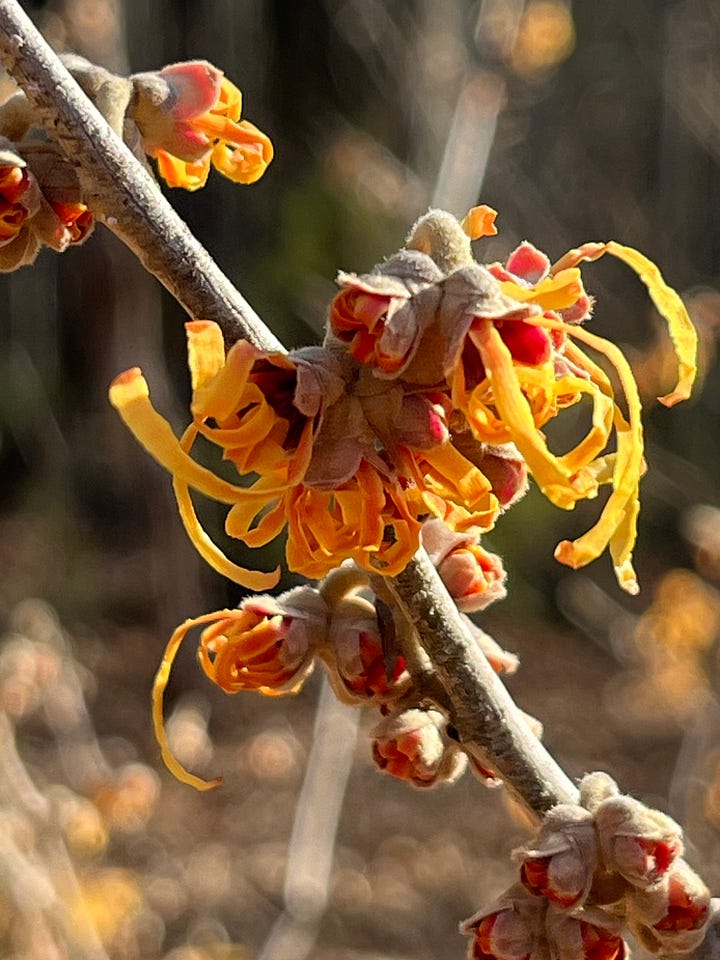
No matter how big or small your garden is, this is a great time to assess the state of things. What trees will need more soil? What plants can use pruning (if any)? Are bulbs you put in previous years peeking out of the ground already?
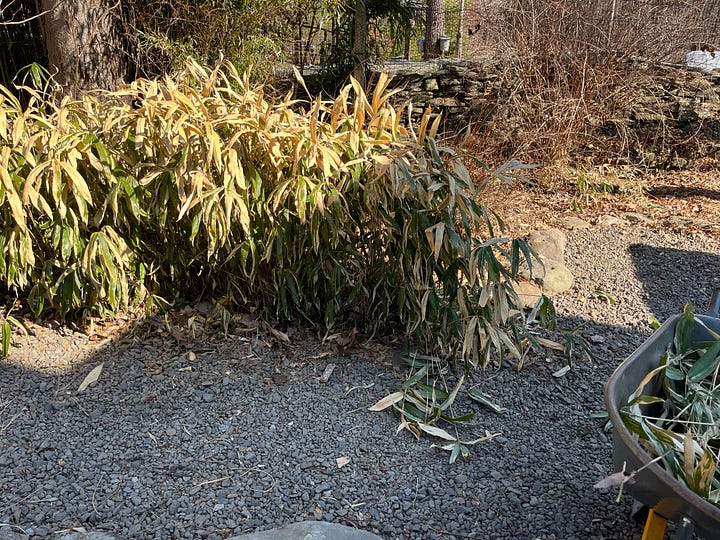
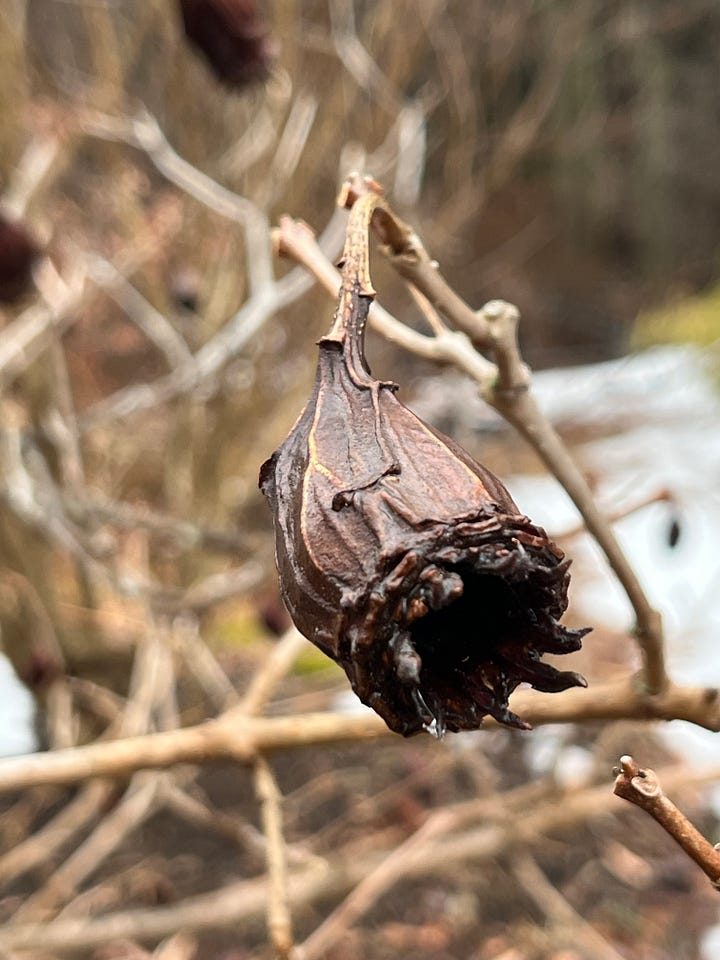
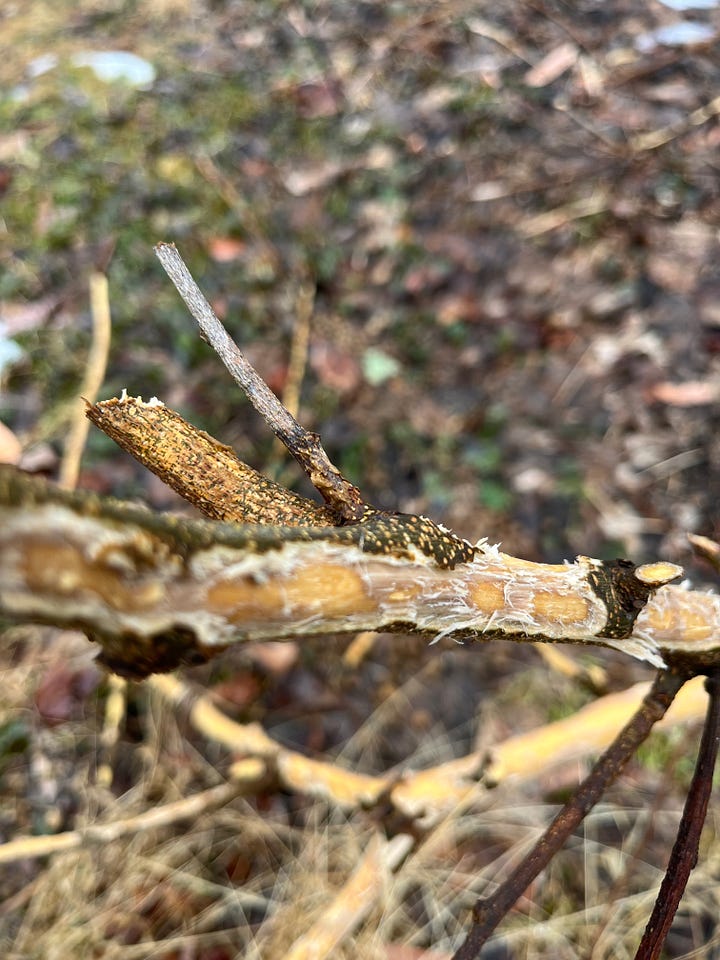
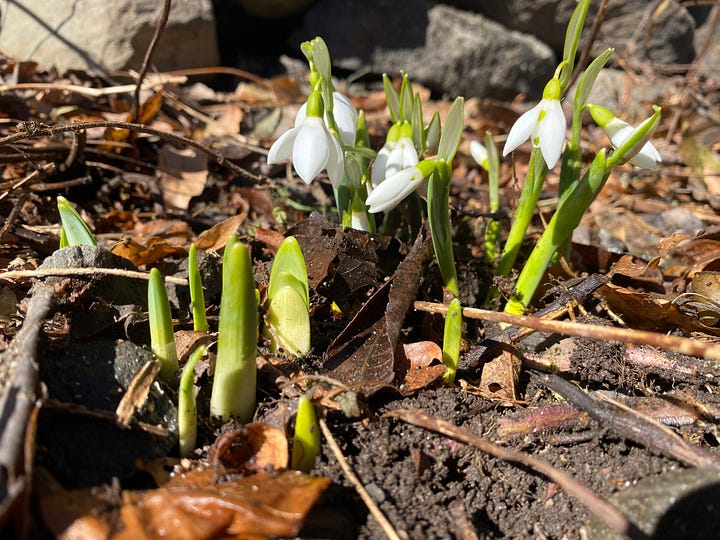
If you had Spotted Lantern Fly last year, you will most likely have Spotted Lantern Fly this year. Right now is an ideal time to go out and scrape the egg sack off host trees.
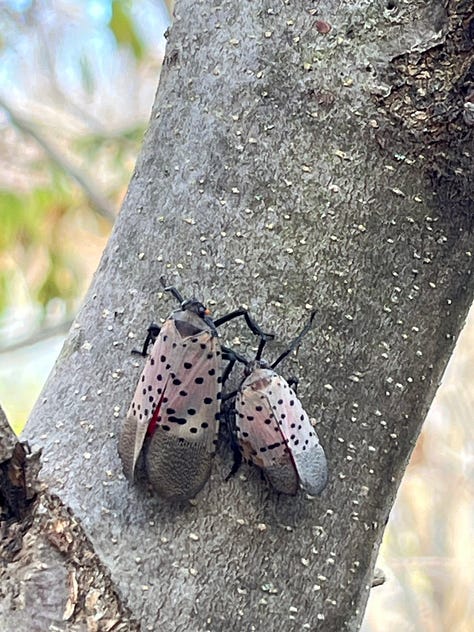
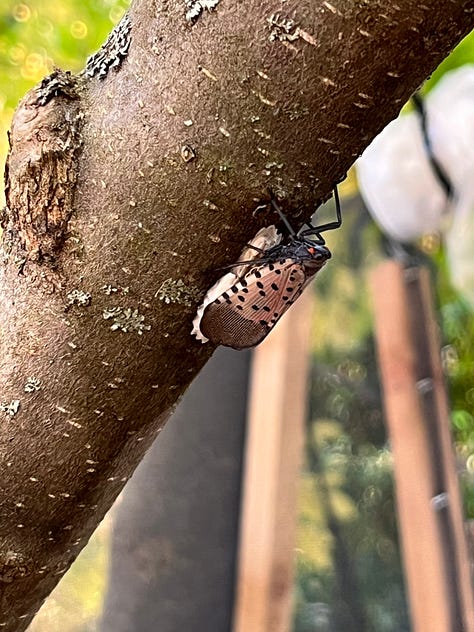
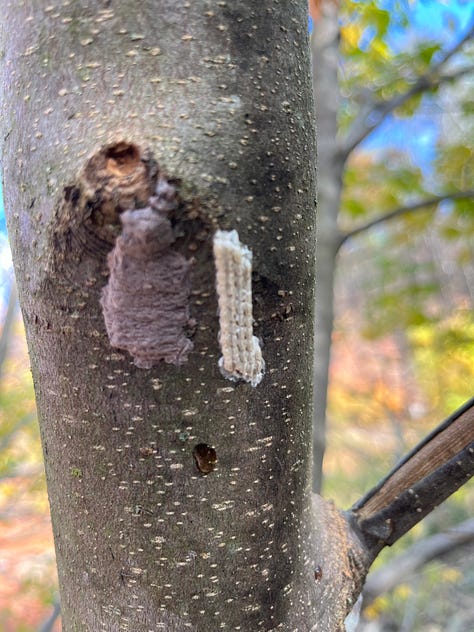
What is a host tree? Pretty much anything, since these pests are generalists. They prefer Tree of Heaven, but as we experienced last year they found a Bee Bee Tree (Tetradium danielli) and hosted heavily on that as a Toon, (Toona Sinensis) and a Panicled Golden Raintree (Koelreuteria paniculata), all plants from China. But we also found eggs on Tupelo (Nyssa sylvatica), a native tree.
Once you scrape the eggs into soapy water, what do you then do?? We have been flushing them down the toilet, but if you have a better solution, please let me know, and we’ll share it with others.
Most of you have probably started your seeds for the garden or at least have purchased them. And if you haven’t, you’re still right on time.
Perhaps you are thinking of starting with seedlings this spring. I have some advice. Purchase your seedlings from a variety of different places. Diversity matters, and getting plants with different seed genetics is important for healthy plants. Healthy plants = healthy foods.
I’m a bit of a food nazi (if you care to read more on that check out this past post…)
Floraporn & foodporn
As a new year rolls in, most of us are now gaining a few extra seconds a day, and probably some extra calories as major physical gardening chores slow down and for some, even stop. Plant catalogs have been arriving since before Thanksgiving, and if my fingers counted for exerting calories for all of my page-turning, I’d be pretty fit! Diving deep into …
So I try to eat whole foods, with 5 or less ingredients that I can pronounce. Growing my own food from seed has become a “thing” for me, and I know one day I’ll be like, “okay I’m good”. So until I get there (ifff I ever do), I’ll plant my seeds and eat my way towards wellness. But drink my way towards it?
Drinking chlorophyll has once again become a popular wellness trend. I say again, because every few decades its the thing to do. Remember the whole wheat grass fad?
That is something I did not grow.
What is chlorophyll anyway, and why does it sound vaguely familiar? Chlorophyll is a complex green pigment found in plants, algae, and certain bacteria. It plays a crucial role in the process of photosynthesis by absorbing light energy and converting it into chemical energy. So unless your one of a handful of plants that doesn’t rely on chlorophyll, this is part of the process that allows us humans to remain alive on this plant.
Read more about this trend. I’m more of an advocate for everybody to grow food, or just plants in general has one touching dirt/soil, getting hands dirty, plus the occasional brush up against worm, ants and centipedes. Having thousands of microbes stuck under my fingernails, the zen of repetitive motion of weeding, the nurturing of seedlings; these to me are all part of what makes up “wellness”.
Things I’m doing at the arboretum in March…
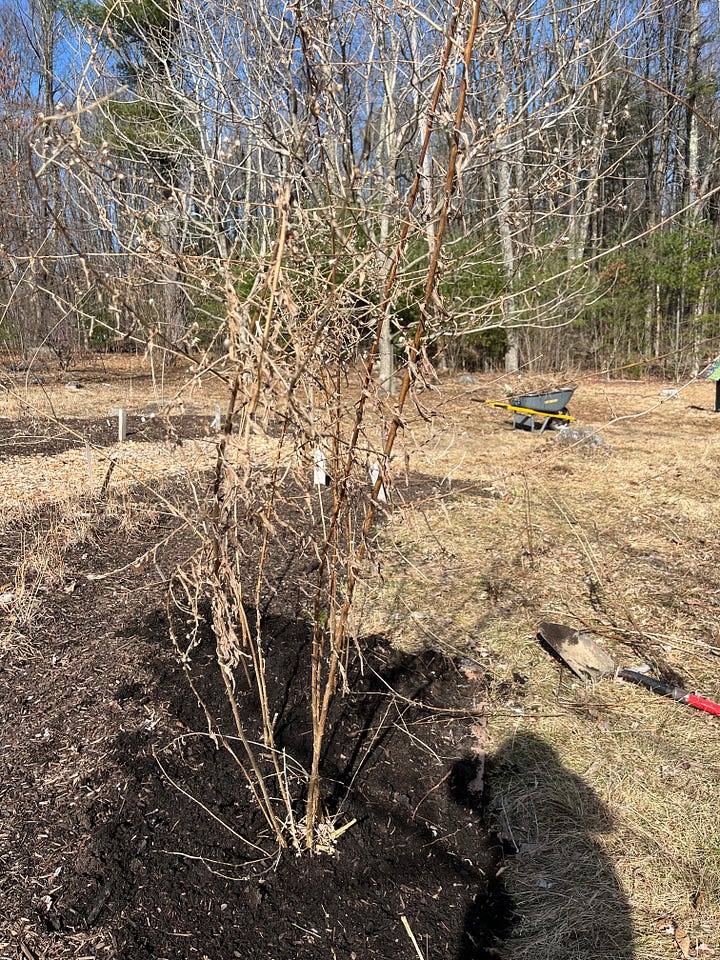
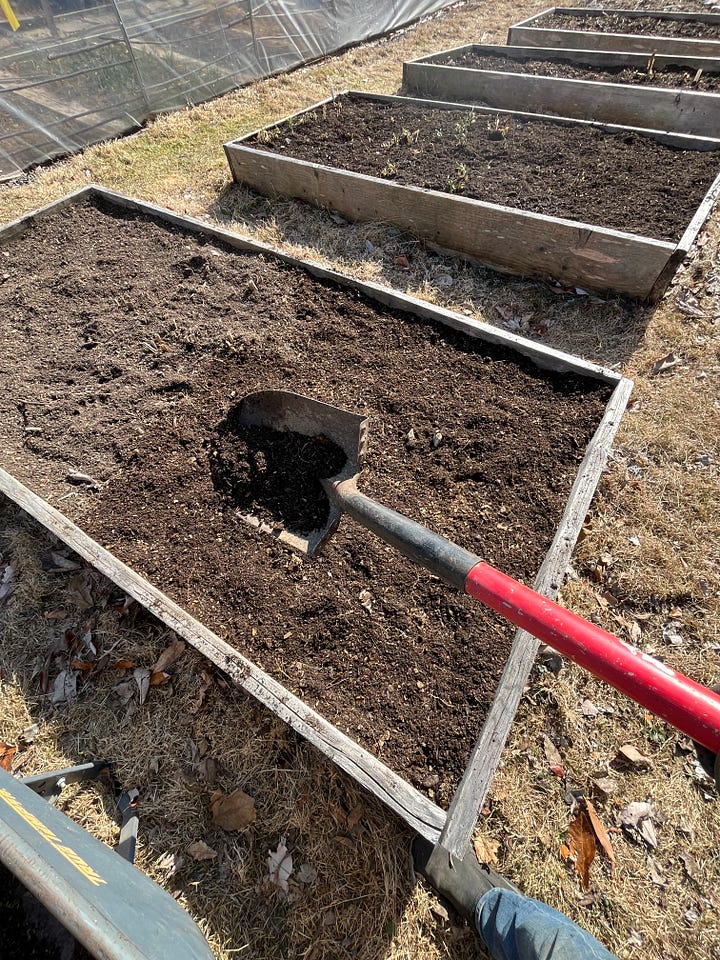
Me pruning with my favorite lopers, which of course I somehow misplaced! Now’s a good time to spray your tools with a bright color of your choice! Which of course I will do with my new pair when it comes from one of my favorite places to buy arborist related tools.
See you soon real soon in the gardens!
Thanks for reading along.

